Stopwatches calibration

Major Contents
- What are stopwatches?
- Structure and operating principle
- Application
- Calibration procedure
A stopwatch is a handheld device used to measure a specific time. Time will be calculated from the moment the watch is activated until the user presses the stop button.
1. What are stopwatches?
A stopwatch is an important tool in the scientific field, allowing researchers to accurately measure time intervals in experiments. By providing precise timing, stopwatches contribute to accurate data recording and reproducibility of experiments. In this article, we will explore the different applications and benefits of using stopwatches in scientific research.
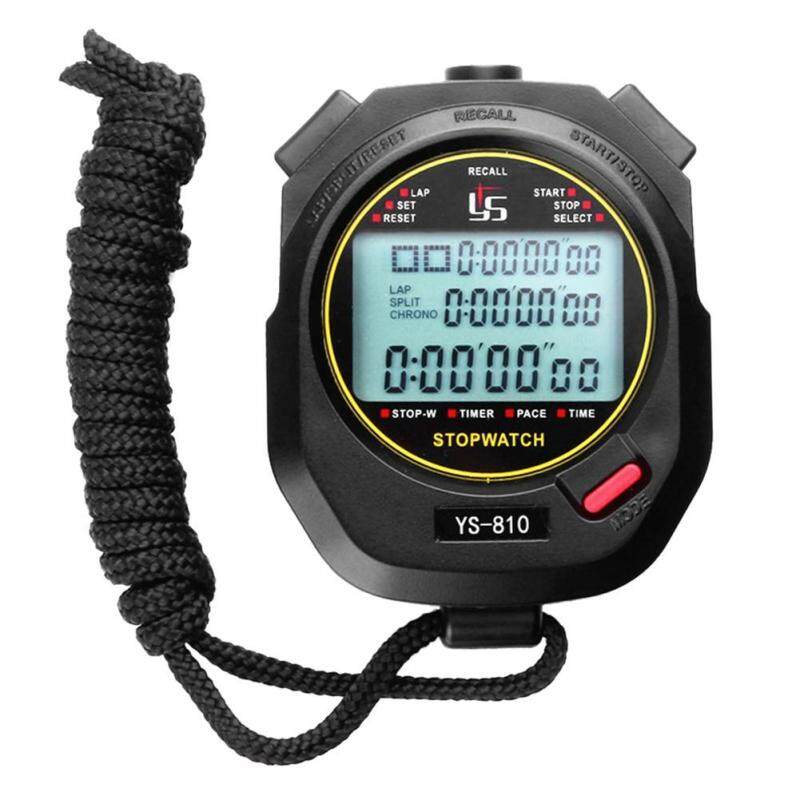
2. Structure and operating principle
2.1 Structure
- Sports stopwatches often have a convenient, compact design
- Run/stop button to start or end the event
- Reset button to return parameters to 0
- Depending on the different type, the stopwatch can display up to 0.001s and has an accuracy of 5s/day.
2.2 Operating principle
Today, practically all stopwatches and timers are electronic, with quartz crystals as the primary element for time-counting. This crystal generates a stable frequency source of 32768 (215)Hz. Frequency (Hz) corresponds to the repetitions of a certain action or occurrence in 1s.
3. The advantages of using stopwatches
- Stopwatch helps make learning more focused
- Stopwatch is helpful for gym and exercise
- Stopwatch supports the cosmetic operation process
- Accelerate work progress quickly.
4. Calibration procedure
4.2 Calibration conditions
When performing calibration, the following environmental conditions must be ensured:
- Temperature: (23 ± 5) oC;
- Humidity: ≤ 80 %RH.
4.3 Prepare calibration
Before performing calibration, the following preparations must be performed:
- Place the stopwatch in the calibration environment for at least 30 minutes;
- Calibration means must be powered and warmed according to technical specifications;
- Calibration tools and stopwatches must be placed in a location with little vibration and away from sources that generate electromagnetic fields.
4.4 Perform calibration
4.4.1 Initial inspection
External inspection must comply with the following requirements:
- The stopwatch must have clear signs and codes;
- There is no external damage that affects the watch's functionality;
- The electronic stopwatch must be displayed, fully, and without loss of focus;
- Mechanical stopwatch, the indicator needle is not bent or stuck, and the dividing lines are clear and sharp. The winding mechanism must function normally.
4.4.2 Technical inspection
Technical inspection must comply with the following requirements:
- For mechanical stopwatches:
+ Must wind up before performing inspection operations;
+ Press each key at least 5 times: the clock must operate normally.
- For electronic stopwatches: Press the Start, Stop, and Clear keys at least 5 times: the watch must operate normally.
4.4.3 Measurement inspection
Stopwatches are checked and measured according to the following sequence, content, methods, and requirements:
- Place the stopwatch on the measuring sensor of the stopwatch calibration standard;
- Set the stopwatch calibration standard in the stopwatch calibration mode corresponding to the mechanical or electronic stopwatch model;
- Read and record the results on the display of the stopwatch calibration standard (Average error of the electronic stopwatch) 15 times into the table.
4.4.4 Estimate the measurement uncertainty
- Time error of calibration
- Measurement uncertainty components (MU) of the calibration.
4.5 General handling
- After calibration, stopwatches are stamped and issued a calibration certificate with calibration results.
- Recommend calibration cycle: 01 year
To consult and request a quote on our calibration services, please kindly contact us via the following information:
LABORATORY: DONG TAM MEASUREMENT AND TECHNICAL TRADING SERVICE CO., LTD
Address: No.57-59 Street 11, Binh Hung Residential Area, Binh Hung Commune, Binh Chanh District, Ho Chi Minh City
TEL: 028 375 83 869 - Hotline: 0909 347 891 (Mr. Lâm)
Email: info@dongtam-mes.vn
Relative post | Xem tất cả
- ORP meter calibration
- Hydrometer calibration
- Analytical and Technical balance calibration
- Analytical and Technical balance verification
- Spring dial scales verification
- Spring dial scales calibration
- Bench weight scale verification
- Bench weight scales calibration
- Platform scales verification
- Platform scales calibration
- Chlorine meter calibration
- Total suspended solids (TSS) meter calibration













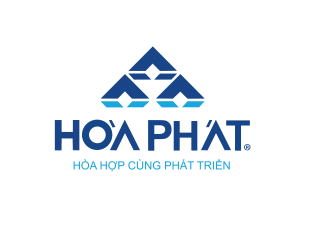





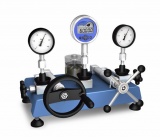
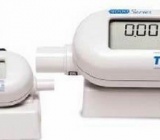
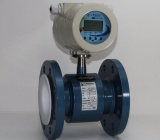

 Legal
Legal  Call: 0283.7583869
Call: 0283.7583869  Search for Certificate
Search for Certificate  Contact
Contact